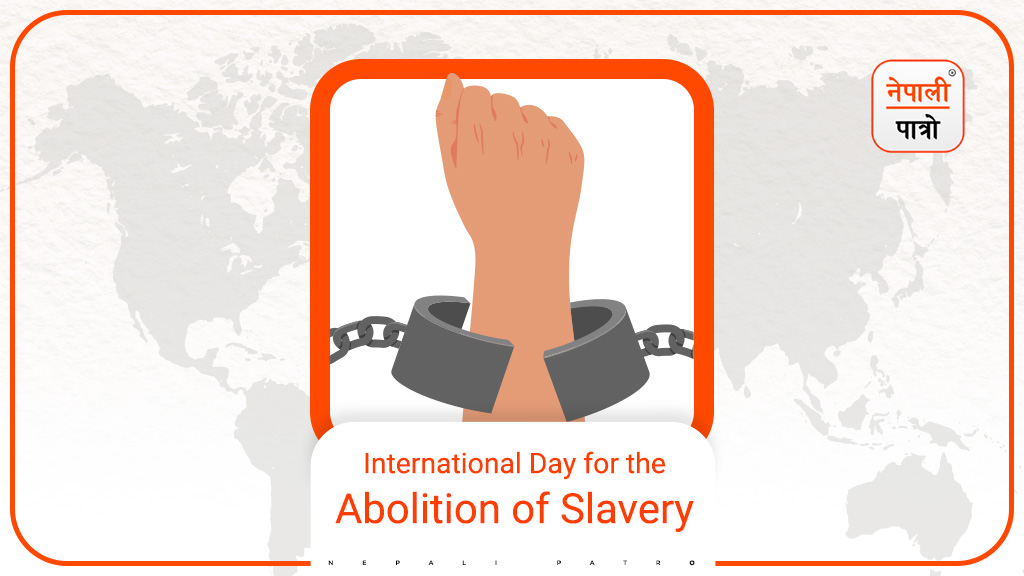
World Day for the Abolition of Slavery
World Day for the Abolition of Slavery. December 2nd is celebrated every year as ‘International Day for the Abolition of Slavery’ with the aim of spreading education and awareness for the abolition of slavery in the world. In 1949, the United Nations General Assembly passed a draft on this issue, and the World Abolition of Slavery Day was started as an annual celebration on December 2nd. Slavery is the act of holding people captive against their will and selling them as personal property. The situation of slavery in the world is now reduced. It may seem odd to some that they were traded as personal property. However, if you look back a few decades, you can find much proof of this.
Even in America, which we now call the most modern era, slavery was deeply rooted by 1865. Especially white people used to buy and sell people from Africa as slaves. A person’s wealth was measured by the number of slaves they owned. People were born as slaves and died as slaves. Their freedom was taken over by the owner or master.
Slavery is believed to have started after the Europeans’ colonization of the Americas. Apart from this, various histories also mention of keeping slaves even by kings and their lords in ancient times. One of the Eighth Wonders of the World, the Pyramids of Egypt one of which is especially known as the Great Pyramid of Giza, is said to have been built using the largest number of slaves in the world. But, the accurate data or accounts about the number of slaves that were used for the construction or those who lost their lives during pyramids construction is still a subject of mystery.
In the current context, various legal provisions have been made to eradicate slavery in most of countries of the world. However, slavery still rages in 94 countries of the world. According to Katarina Swaraj, a researcher at the University of Nottingham, more than 40 million people are victims of modern slavery.
If we ponder on the context of Nepal, slavery existed here in our country too before 96 years ago almost in a legal form. The then Prime Minister of Nepal Chandra Shamsher Jung Bahadur Rana was the one to abolish slavery in the year 1983, and it was declared illegal in Nepal. However, even after the formal announcement by the head of the state, slavery did not stopped and neither was it completely eradicated even after a century.
The International Labor Organization (ILO) defines slavery as forced labor, trafficking, child labor, as well as forced marriage. In this context, the use of children in the labor sector is still seen in Nepal. Similarly, in some Terai areas, the Kamalari, Kamaiya, and slavery of other different forms plus practice has not yet been eradicated. Similarly, due to the existing poverty in Nepal, human trafficking takes place under various temptations which too fall under Slavery.
Nepal too, nowadays, with the help of various national and international organizations, works related to abolishment of different types of slavery is being done to spread public awareness and to educate about human trafficking and child labor. As a result, there has been a slight decrease in slavery-related activities. However, there is still a lot of homework to be done for its complete eradication.
In Nepal, Human Rights Commission and other governmental and Non-Governmental bodies organize various programs with the motive of spreading public awareness against slavery during this day all over Nepal. It is the birthright of every human being to live freely. Enslavement of human beings under any pretext or circumstance is a crime against humanity as freedom is indispensable for overall human development. In order to build a civilized society, every person needs to be free.
Translation from Original Nepali Text by Sudan Bhattarai “Upadhayaya”
December 2, 2022 3 years
world